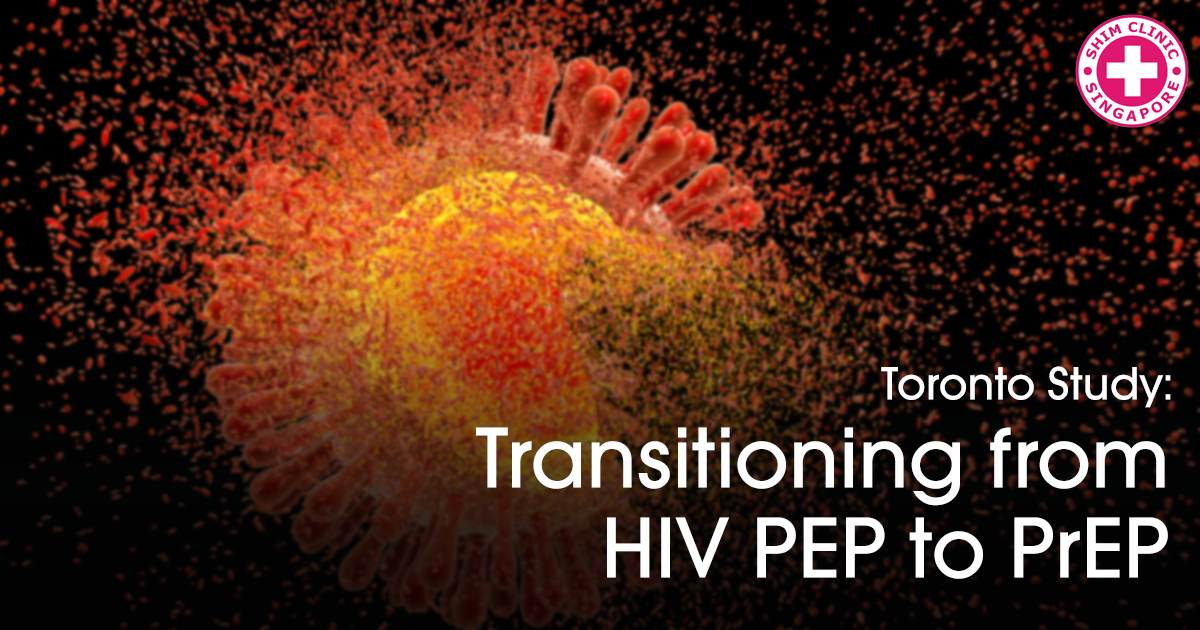If you’ve come into contact with the HIV virus either through sex or exposure to HIV transmitting body fluids you could protect yourself from getting infected with the virus by taking HIV post-exposure prophylaxis (HIV PEP) at least 72 hours after exposure.
For PEP to work, you need to continue taking the drug daily for 28 days without failure. PEP has been seen to reduce HIV infection risk by more than 80%.
PEP is highly recommended for people at high risk of exposure such as sex workers, homosexuals, healthcare workers, victims of sexual assault, and other high-risk individuals.
Eligibility for PEP
The HIV public guidelines by World Health Organization (WHO) direct that PEP be administered to anyone who has been exposed to HIV virus and should be started within 48 to 72 hours after exposure.
Screening is done before the drug is administered to understand the type of exposure (sexual or non sexual) and the patient’s exposure to bodily fluids that transmit the virus such as blood stained saliva, blood, genital secretions, breast milk and other bodily fluids.
Access to timely PEP is largely a challenge in many countries especially for non-health worker related exposures. This is mainly due to lack of public awareness about PEP as well as limited resources.
Continuous use of PEP is not the best way to stay protected from HIV because it’s meant to be an emergency drug and not an all the time remedy for those who are at constant risk of being exposed to the virus again.
For this reason researchers are recommending the use of HIV pre-exposure prophylaxis (PrEP) for people who have used PEP.
PrEP is different from PEP in that it’s taken before and not after exposure to HIV. Numerous clinical trials have found that PrEP is highly effective in preventing HIV infection by almost 99%.
Moving from PEP to PrEP
A group of Toronto researchers conducted an investigation to determine whether people taking PEP would be good prospects for PrEP once they finished their PEP dose.
Data for the study was collected from January 2013 to September 2014 at the Toronto General Hospital’s HIV prevention clinic. During the study period 125 candidates sought PEP at the clinic.
Out of these 99 were used for the study. These were candidates who visited the clinic at least twice or had provided sufficient background information during their first visit.
The average age of the study participants was 32. 82% were men while 16% were women. A majority of the male participants were men having sex with men (MSM).
Results of The Study
31% of the participants fulfilled the CDC criteria for PrEP candidates. Some of the factors that make a patient a suitable candidate for PrEP include sexual exposure to HIV, is an MSM and has used PEP in the past.
The researchers observed that majority of the participants made good candidates for PrEP. Given the low uptake of this life saving drug, every effort to put as many people on PrEP is welcome.
The researchers concluded that offering PEP and PrEP services in a dedicated STD clinic will increase the chances of identifying more PrEP candidates and thus facilitate PrEP uptake.
They recommended that strategies to ensure higher access of PrEP should be considered so that people have no access to PrEP can also benefit from this effective HIV prevention facility.

